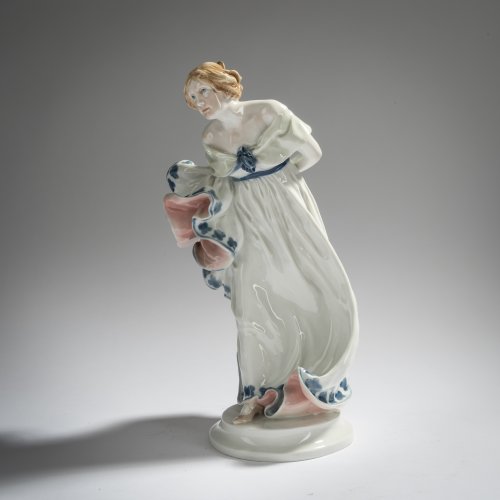Biography
Their father, already, Julius Hentschel (Bad Liebenwerda 1843 - 1928 Meissen) had been an irreplaceable employee of KPM Meissen. In particular, he excelled in pâte-sur-pâte painting and the still quite new high-firing decoration. An uncle, their mother's brother, was also a well-known painter. So the two brothers’ way was predetermined.
Konrad Hentschel followed in his older brother's footsteps and was also trained in drawing and embossing at the Meissen Porcelain Manufactory. From 1891 to 1893, he also went to study at the Munich Art Academy. In 1896, he undertook a study trip to Italy and after his return in 1897 worked as a modeler at the manufactory. The work was interrupted from 1899 to 1901 by further studies in sculpture at the Academy of Art in Dresden. He then returned to the porcelain manufactory. His 'Crocus' breakfast service, designed in 1896 for the Paris World Exhibition in 1900 and expanded to include additional tableware in 1902, consistently follows the contemporary Art Nouveau idea in terms of shape and decoration with relief structures and vessels in the form of flower heads. However, Konrad Hentschel is also known to laypeople for his 'Hentschel Children', designed between 1904 and 1907. The small children are depicted very lifelike as they explore and experience their environment and still enchant porcelain enthusiasts from all over the world today.
Objects by Konrad Hentschel
-
Sold
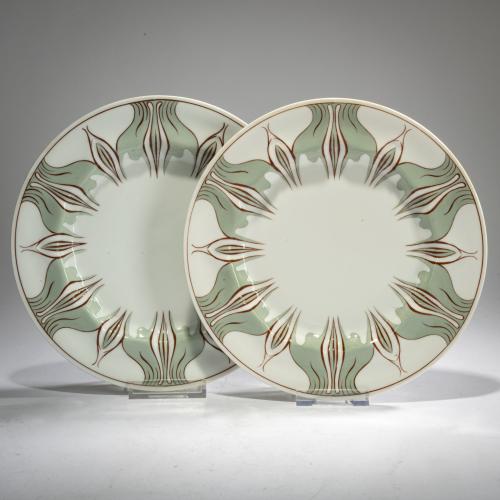
-
Sold
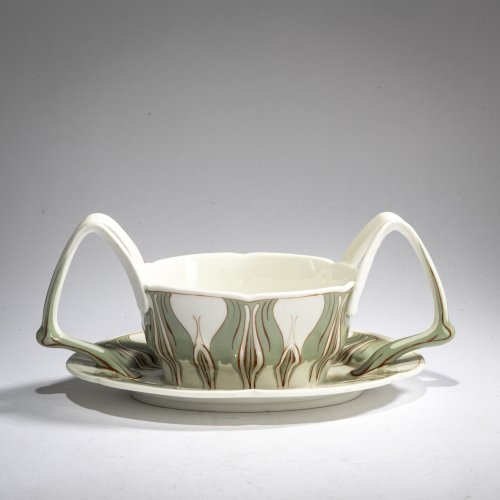
-
Sold
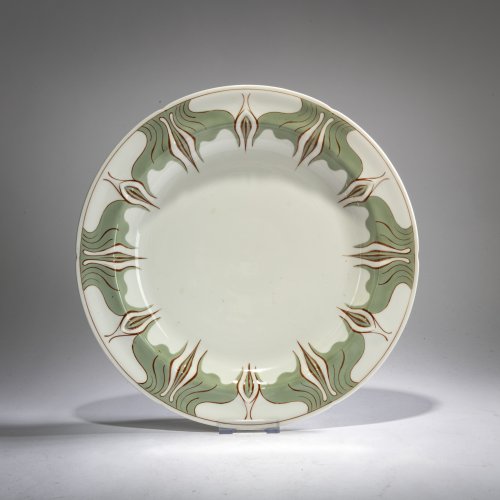
-
Sold
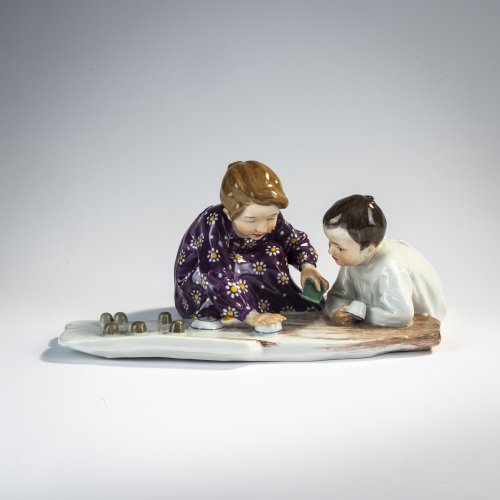
Konrad Hentschel Meissen, KPM
'Two children making sand molds', 1906 / before 1924
Hammer Price: 2,255 €
-
Sold
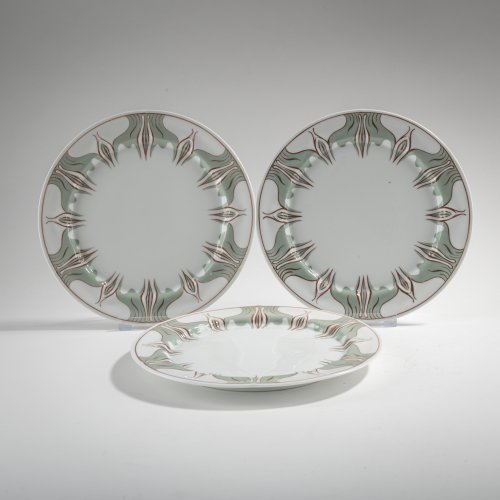
-
Sold
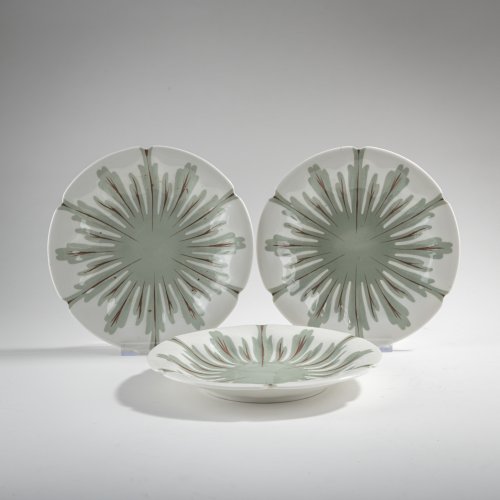
-
Sold
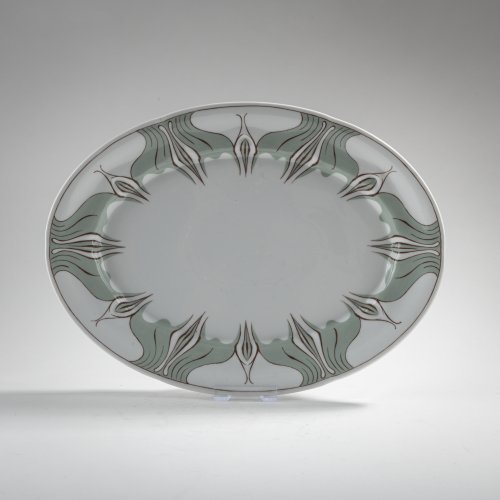
-
Sold

-
Sold
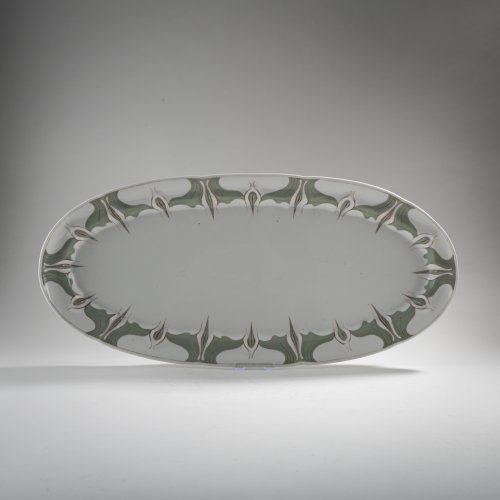
-
Sold
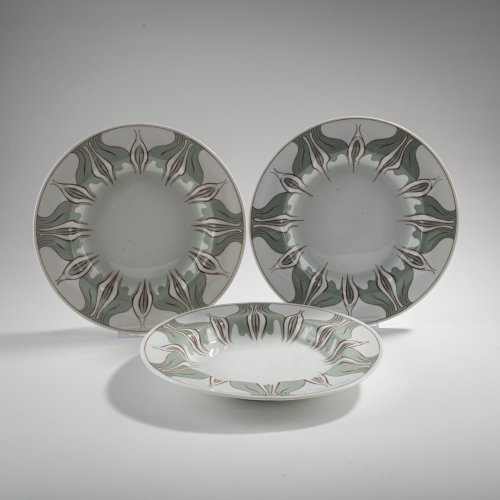
-
Sold
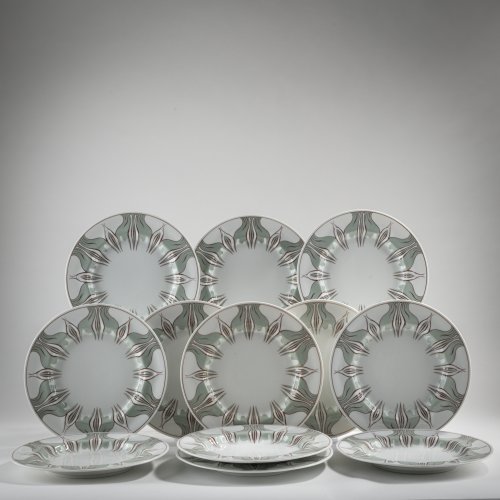
-
Sold
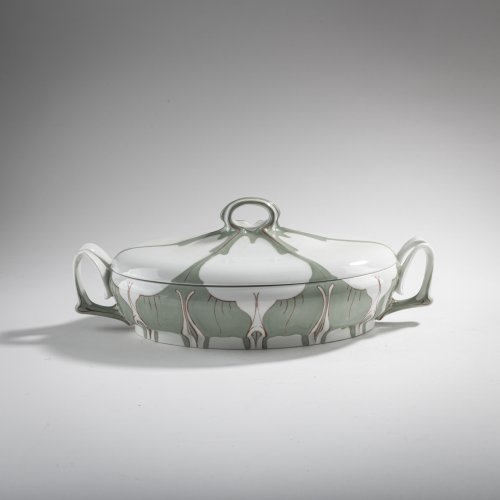
-
Sold
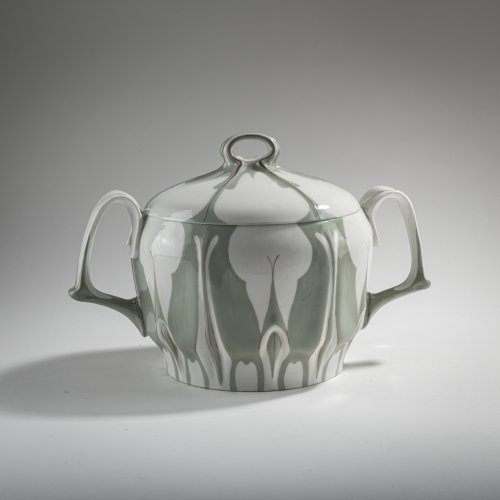
-
Sold
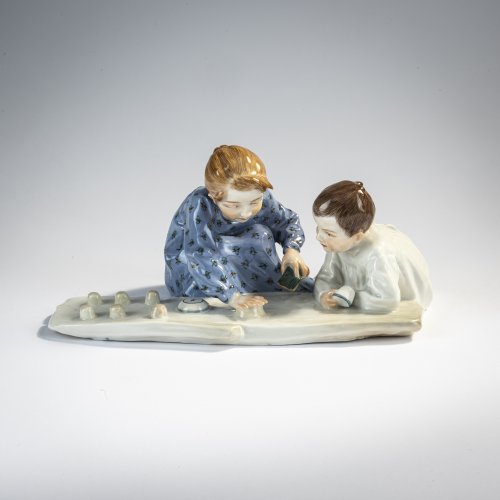
-
Sold
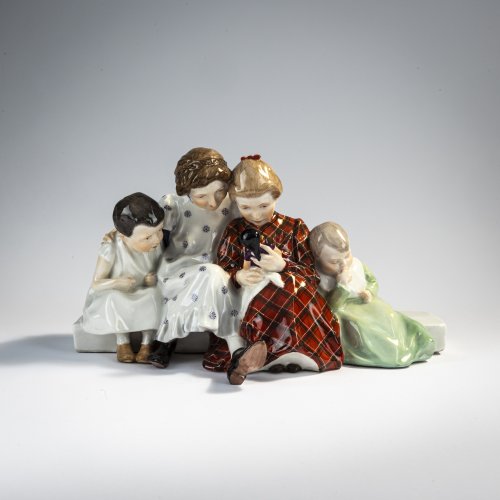
Konrad Hentschel Meißen
'Four children looking at a doll, sitting on a bench', 1906
Hammer Price: 6,000 €
-
Sold
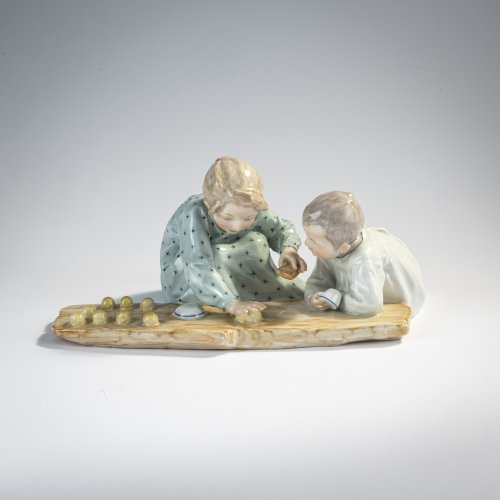
-
Sold
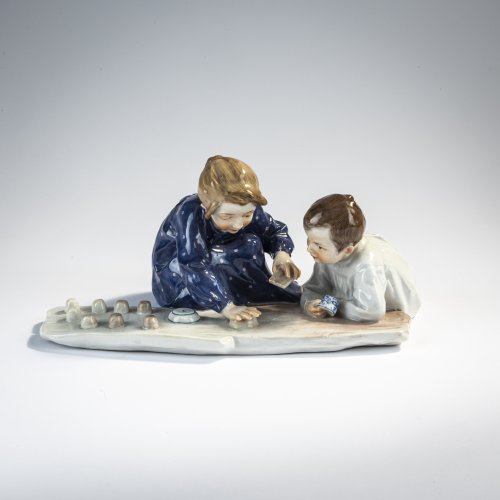
-
Sold
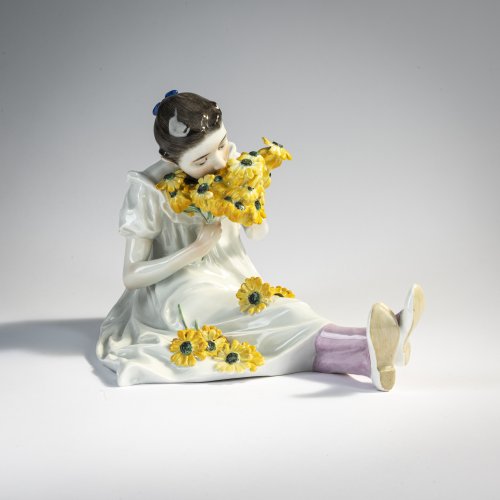
-
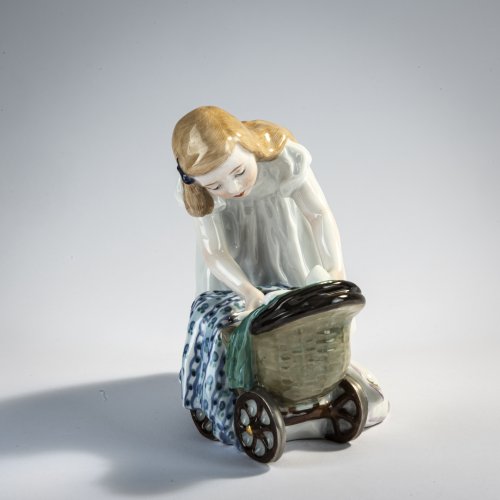
Konrad Hentschel Meissen
'Girl bending over with a doll on a doll's carriage', 1905
Estimate: 1,500 € - 2,500 €
Unsold lot
-
Sold
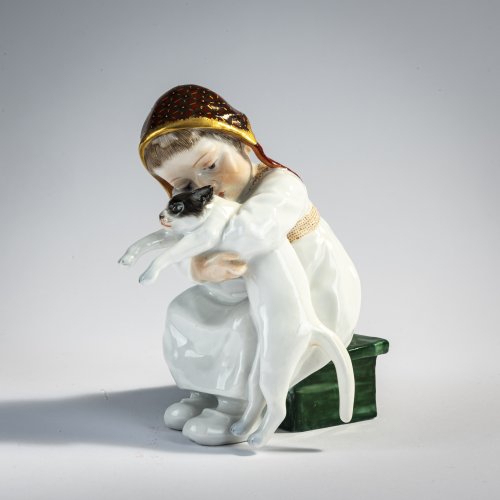
Konrad Hentschel Meißen
'Child with a cat in their arms, sitting on a bench', 1905
Hammer Price: 700 €
-
Sold
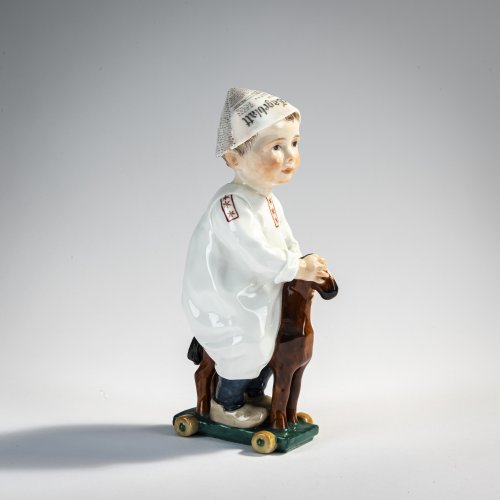
Konrad Hentschel Meißen
'Child with newspaper cap, riding a wooden horse', 1905
Hammer Price: 1,000 €
-
Sold
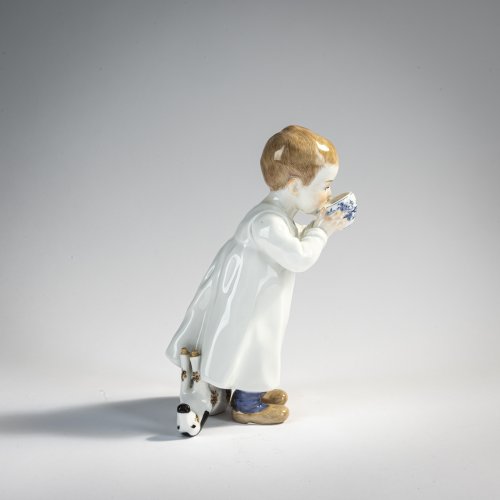
Konrad Hentschel Meißen
'Standing child drinking from an onion pattern cup', 1905
Hammer Price: 850 €
-
Sold
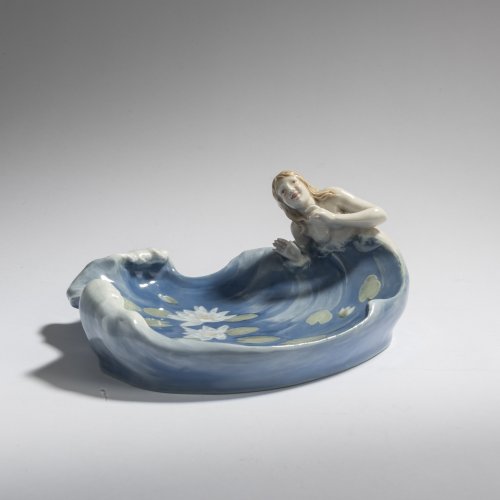
Konrad Hentschel Meissen, Porzellanmanufaktur
Decorative bowl 'The Wave', 1898
Hammer Price: 1,200 €
-
Sold
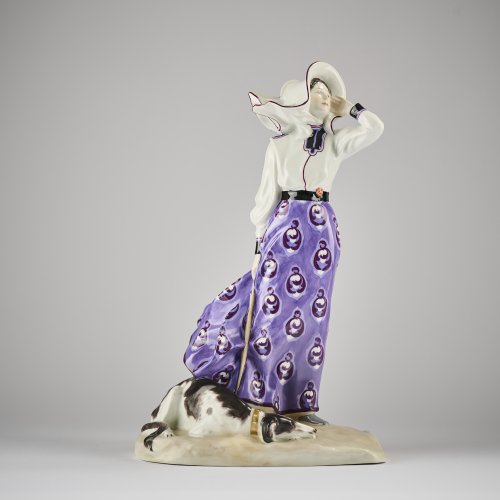
-
Sold
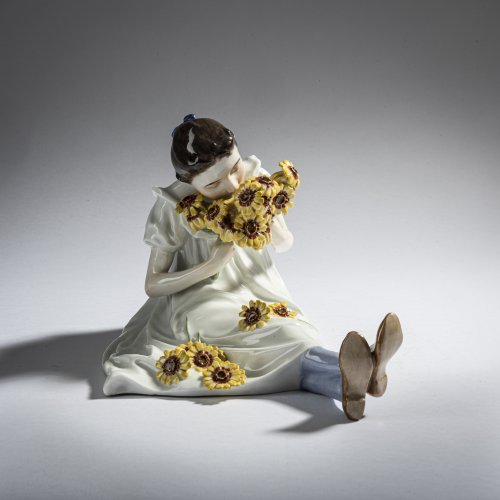
-
Sold
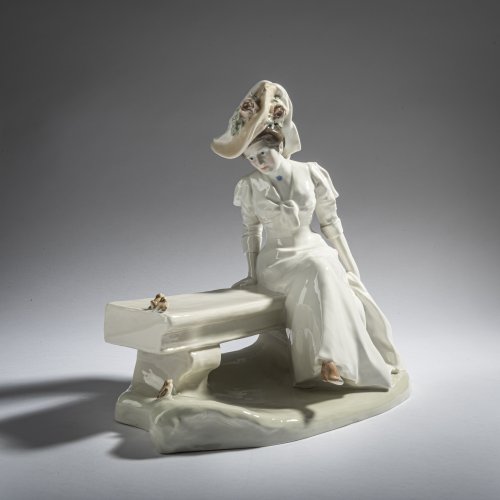
-
Sold
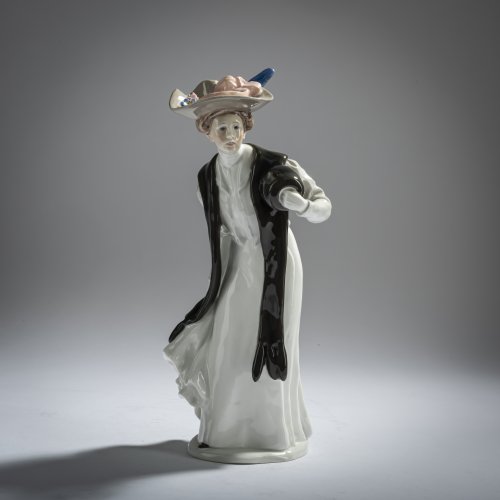
-
Sold
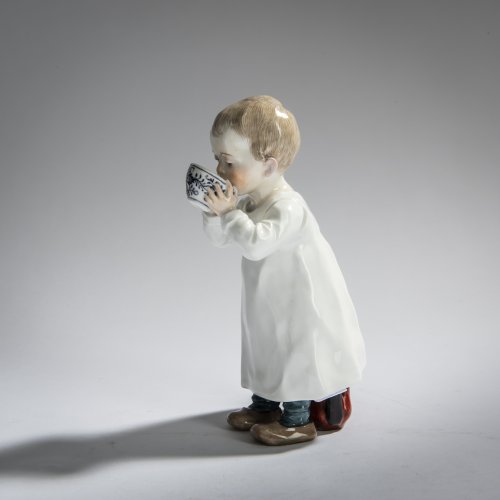
-
Sold
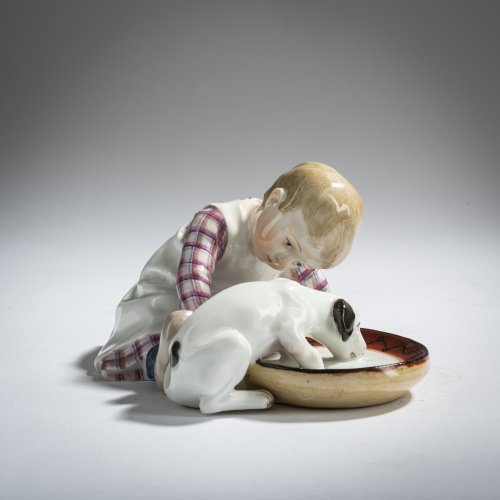
-
Sold
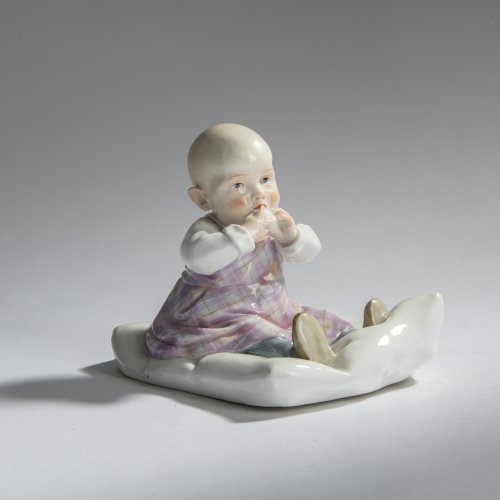
-
Sold
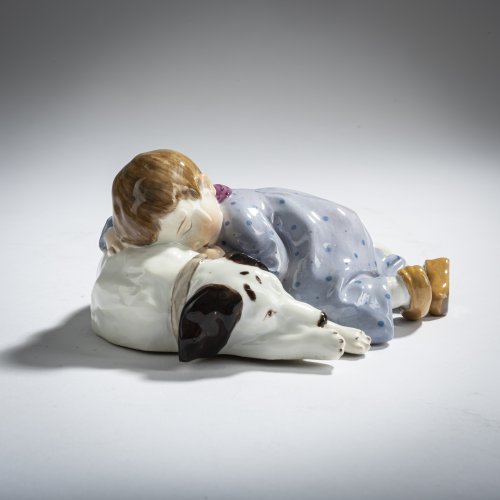
-
Sold
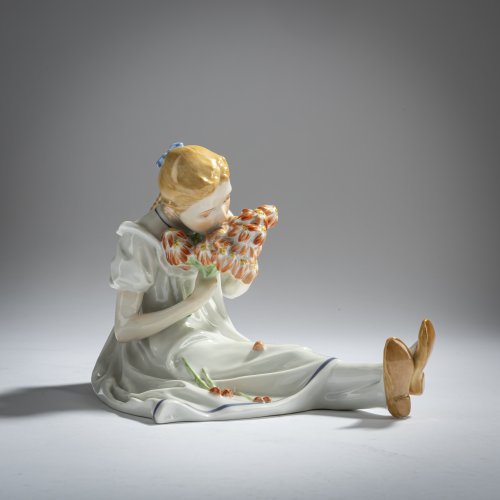
-
Sold
